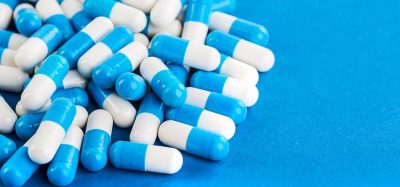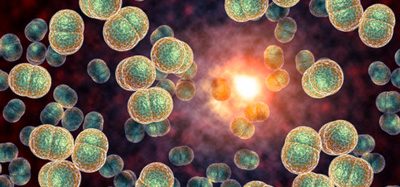New shape-shifting antibiotics could solve drug-resistant bacteria
Posted: 6 April 2023 | Izzy Wood (Drug Target Review) | No comments yet
US scientists have developed antibiotics that can “shape-shift”, which prevent bacteria from coming resistant against them.


Professor John E Moses at Cold Spring Harbour Laboratory (CSHL), US, has created a new weapon against drug-resistant bacteria- antibiotics that can shape-shift by rearranging its atoms.
In the US, drug-resistant bacteria and fungi infect almost 3 million people per year and kill about 35,000. Antibiotics are essential and effective, but in recent years overuse has led to some bacteria developing resistance to them. The infections are so difficult to treat, the World Health Organization deemed antibiotic resistance a top 10 global public health threat.
Moses focused on a molecule called bullvalene. Bullvalene is a fluxional molecule, meaning its atoms can swap positions. This gives it a changing shape with over a million possible configurations—exactly the fluidity Moses was looking for.
Several bacteria, including MRSA, VRSA, and VRE, have developed resistance to a potent antibiotic called vancomycin, used to treat everything from skin infections to meningitis. Moses thought he could improve the drug’s bacteria-fighting performance by combining it with bullvalene.
He turned to click chemistry- high-yielding chemical reactions that “click” molecules together reliably. This makes the reactions more efficient for wide-scale use.


The chemical structure of the new antibiotic was designed by Moses and synthetically assembled by his lab. Dr Thomas Fallon, Moses’ collaborator at the University of Newcastle, Australia, provided the shape-shifting bullvalene core. Moses says one commenter called the study “probably the ‘coolest’ and most complex natural product derivative paper I’ve come across.” (Credit: Moses lab/Cold Spring Harbor Laboratory)
“Click chemistry is great,” said Moses, “It gives you certainty and the best chance you have got of making complex things.” Using this technique, Moses and his colleagues created a new antibiotic with two vancomycin “warheads” and a fluctuating bullvalene centre.
Moses tested the new drug in collaboration with Dr Tatiana Soares da-Costa (University of Adelaide). The researchers gave the drug to VRE-infected wax moth larvae, which are commonly used to test antibiotics. They found the shape-shifting antibiotic significantly more effective than vancomycin at clearing the deadly infection. Additionally, the bacteria did not develop resistance to the new antibiotic.
Researchers can use click chemistry with shape-shifting antibiotics to create a multitude of new drugs, Moses explained. Such weapons against infection may even be key to our species’ survival and evolution.
“If we can invent molecules that mean the difference between life and death,” he concluded, “that would be the greatest achievement ever.”
Related topics
Antibiotics, Bacteriophages, Drug Development, Drug Targets
Related conditions
antibiotic resistance
Related organisations
Adelaide University, Cold Spring Harbour Laboratory (CSHL)
Related people
Dr Tatiana Soares da-Costa, Professor John E Moses








